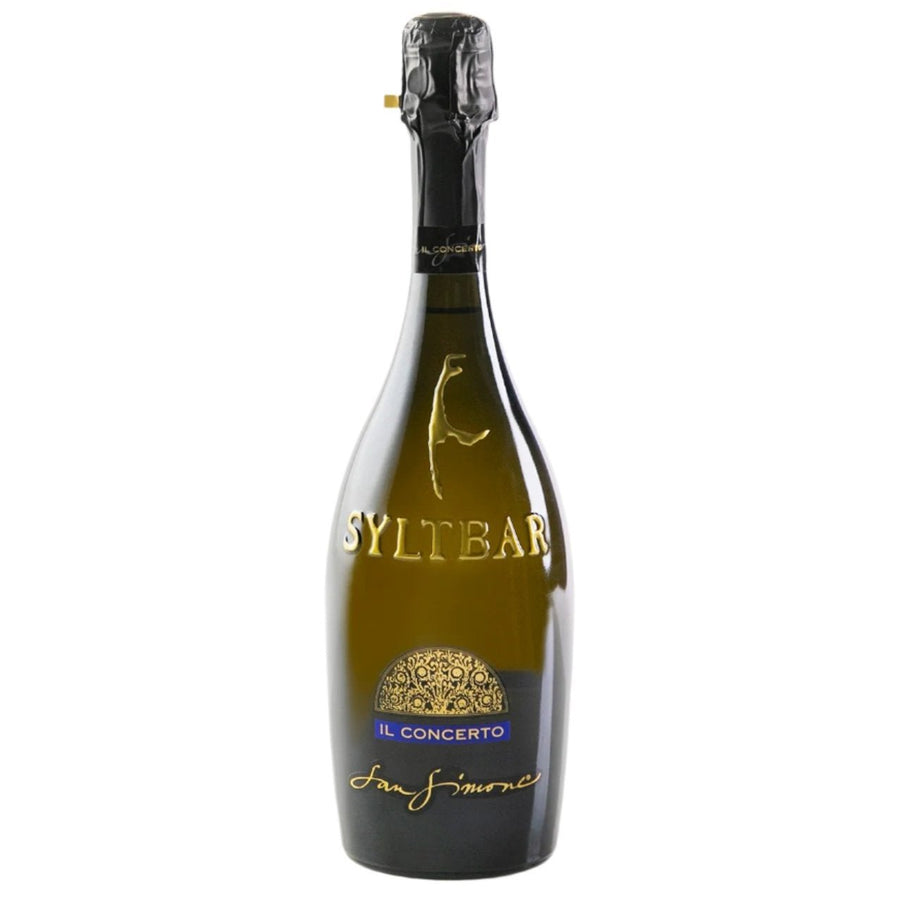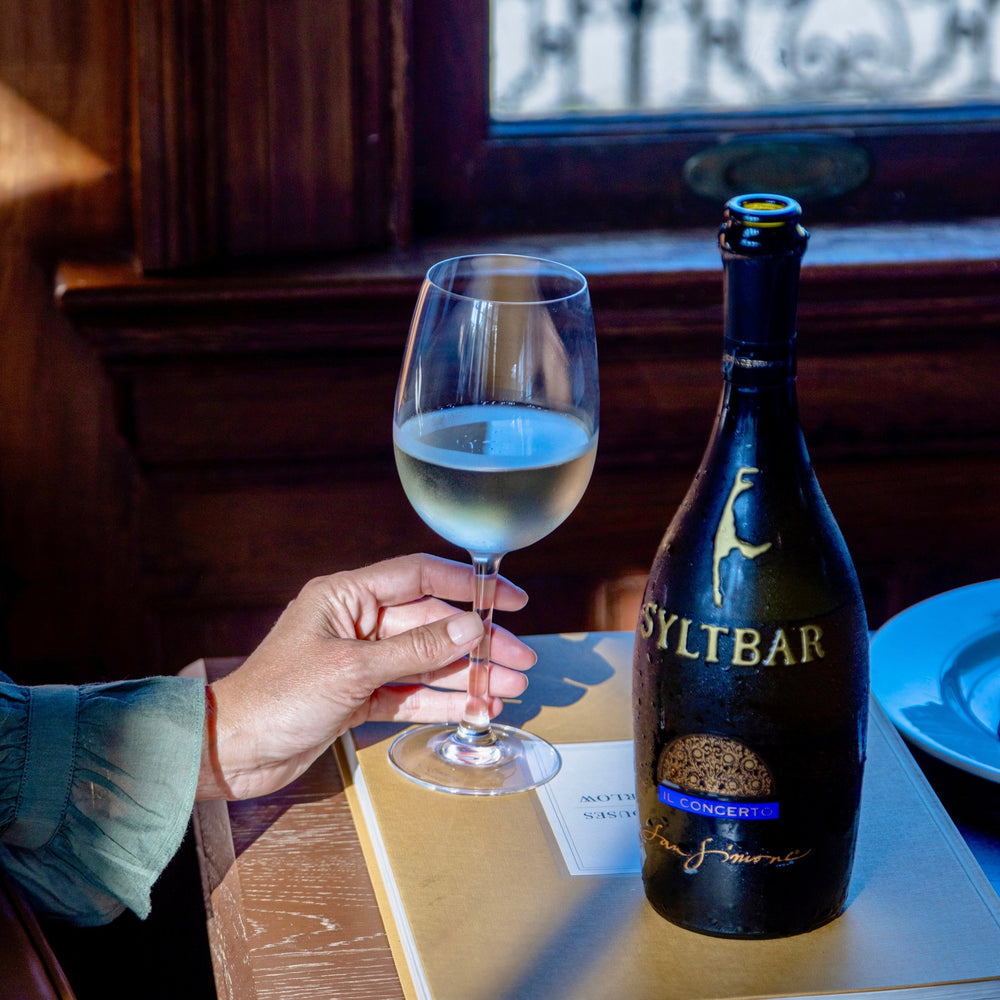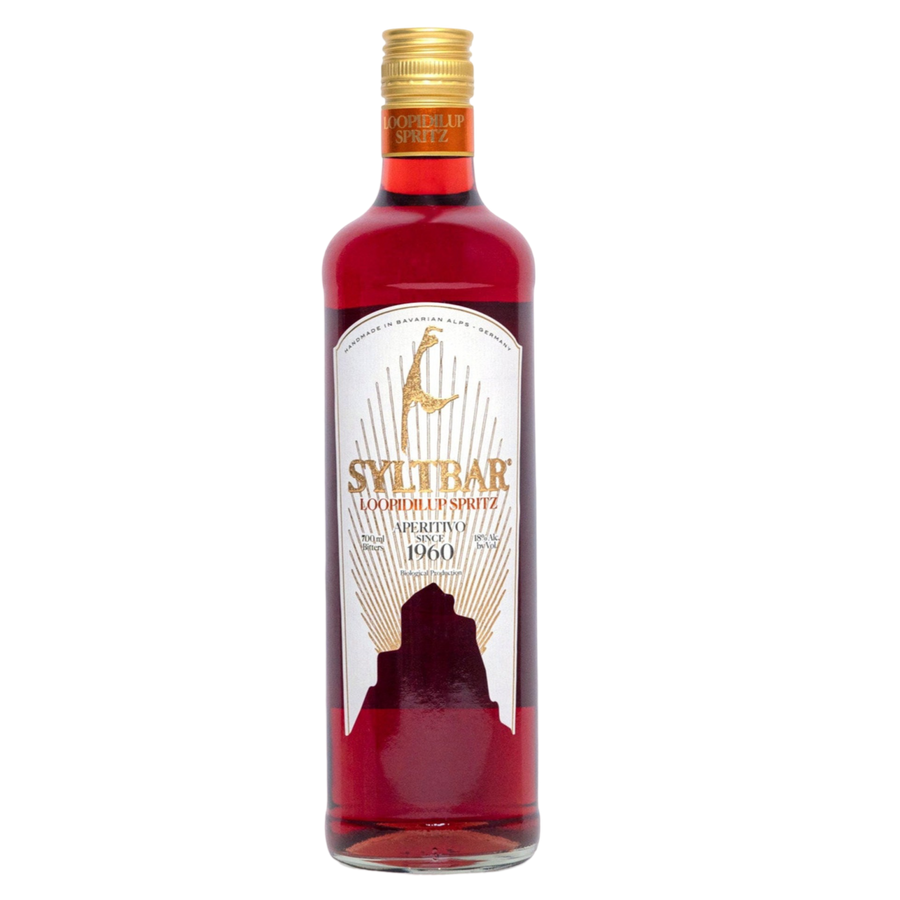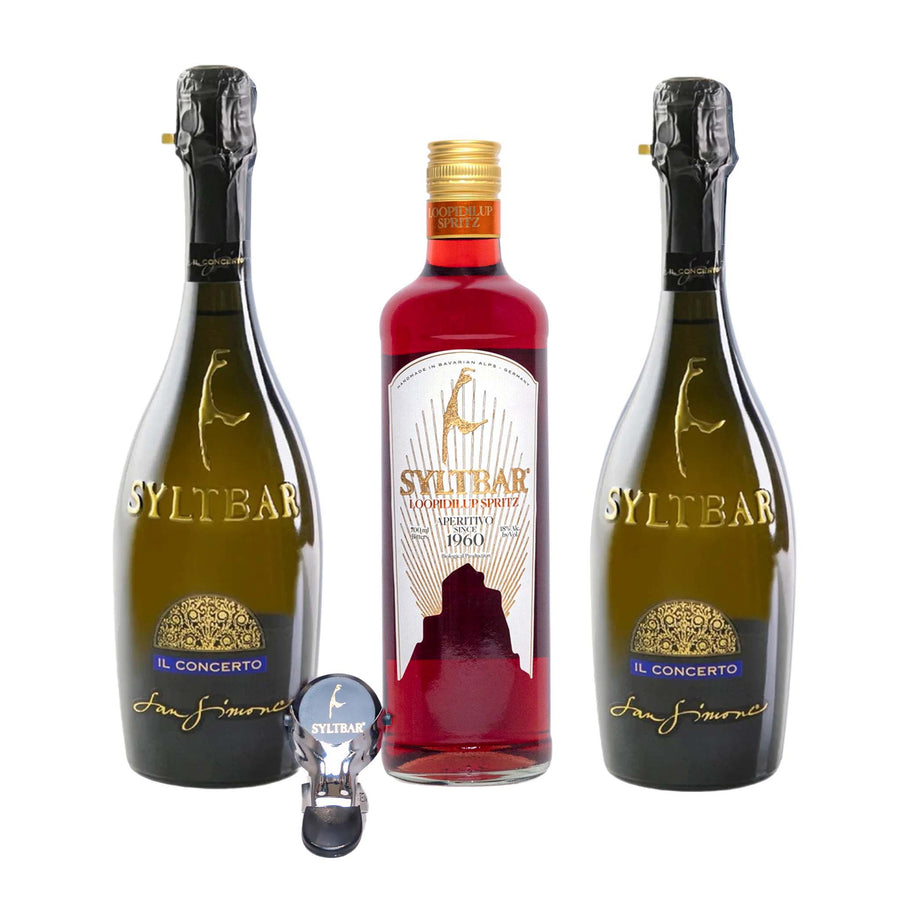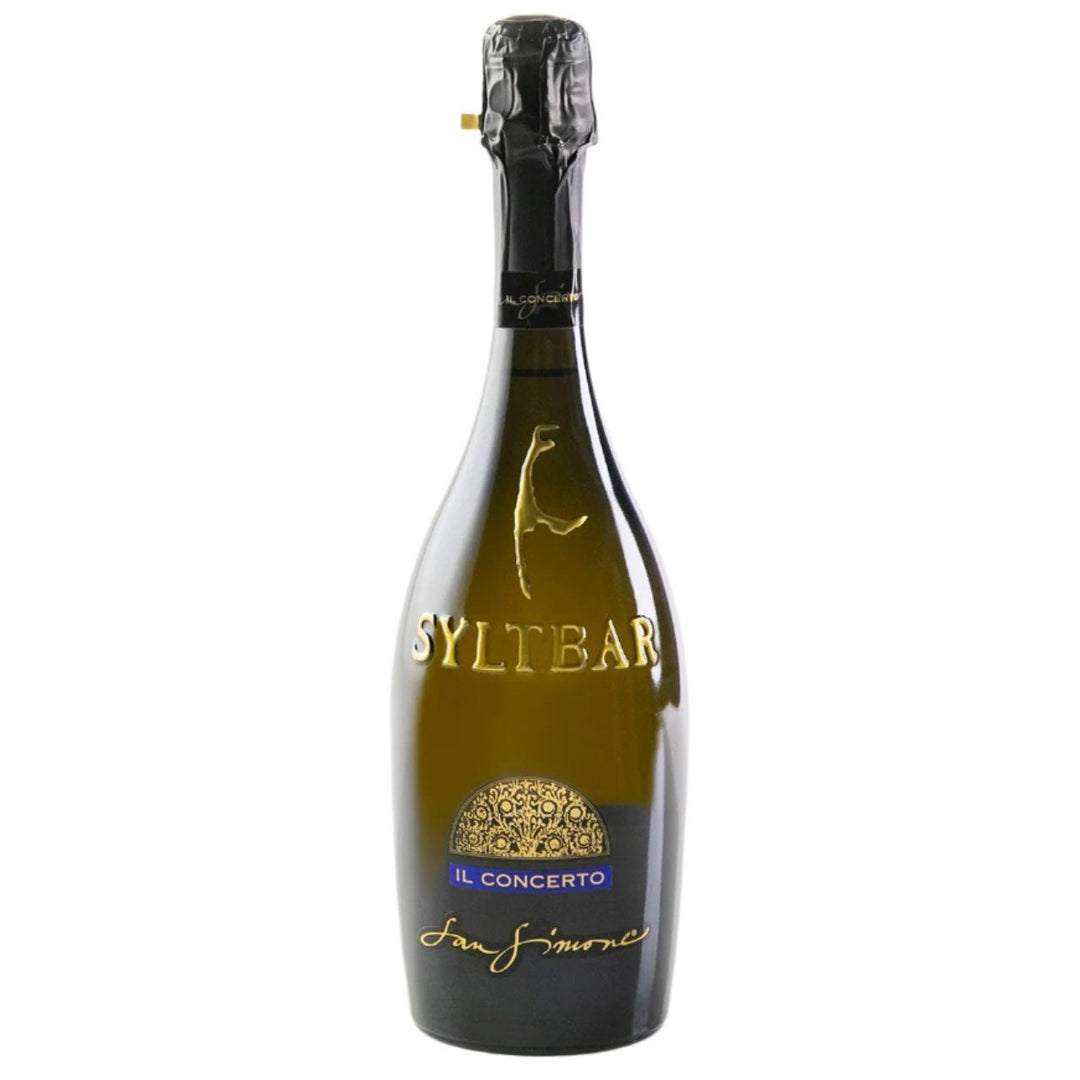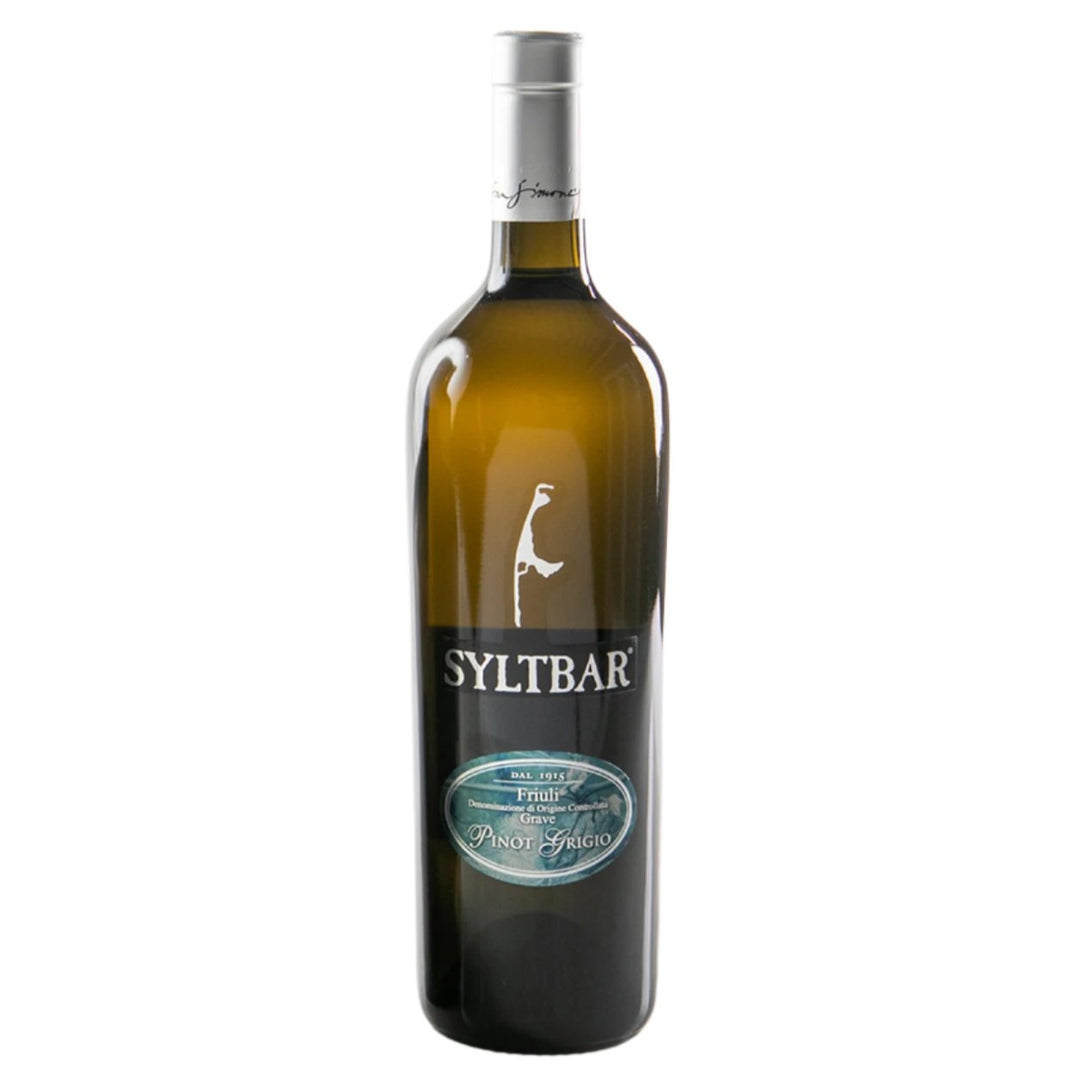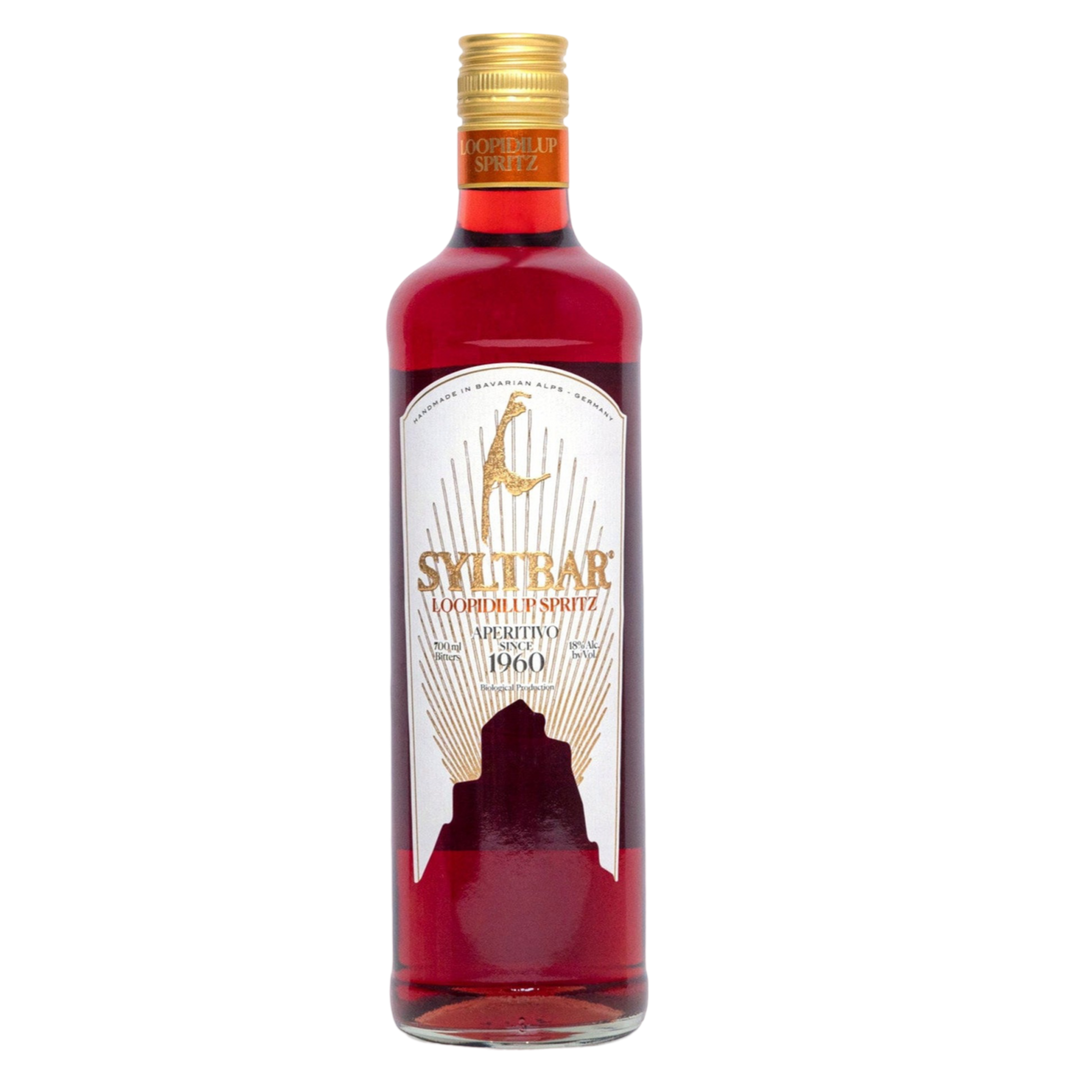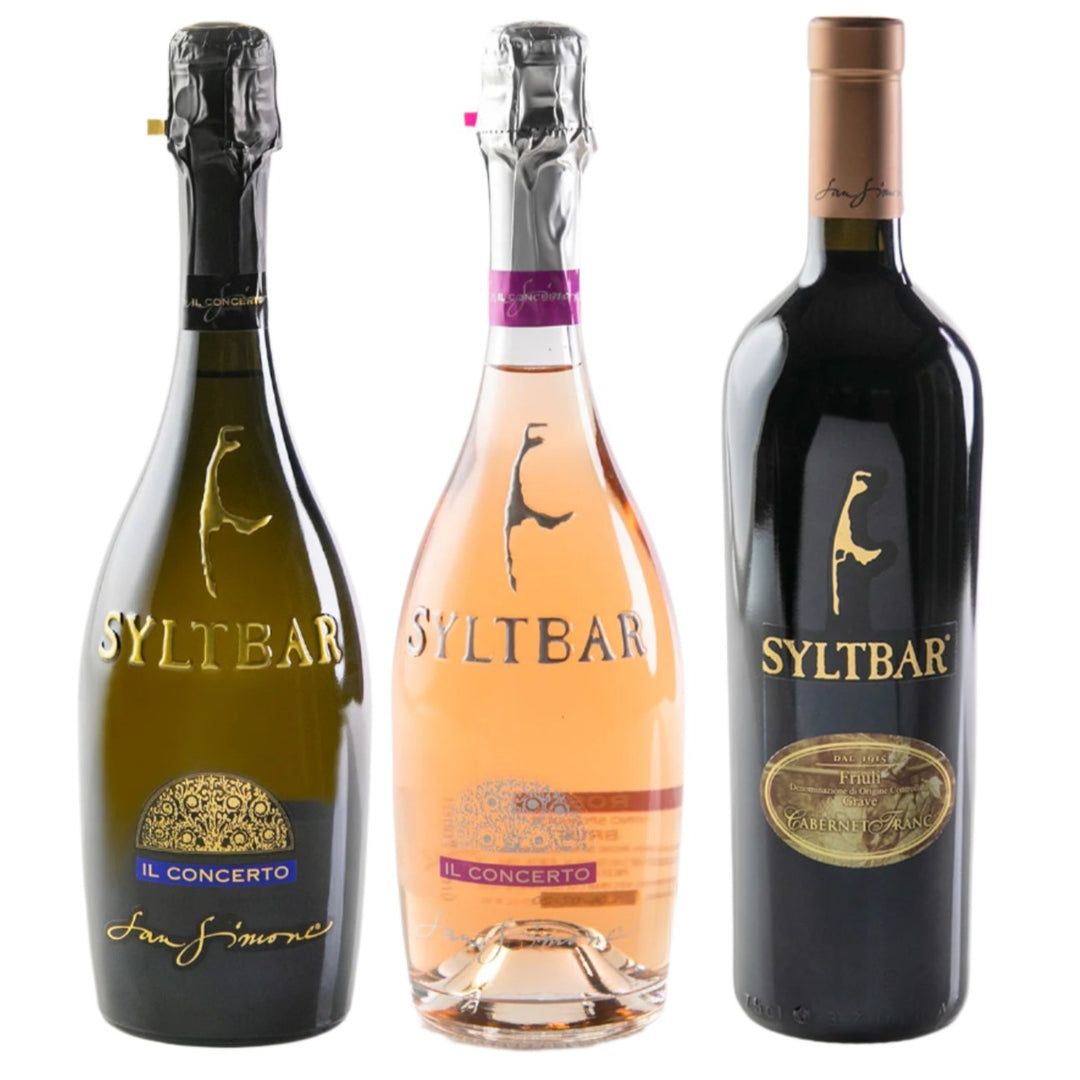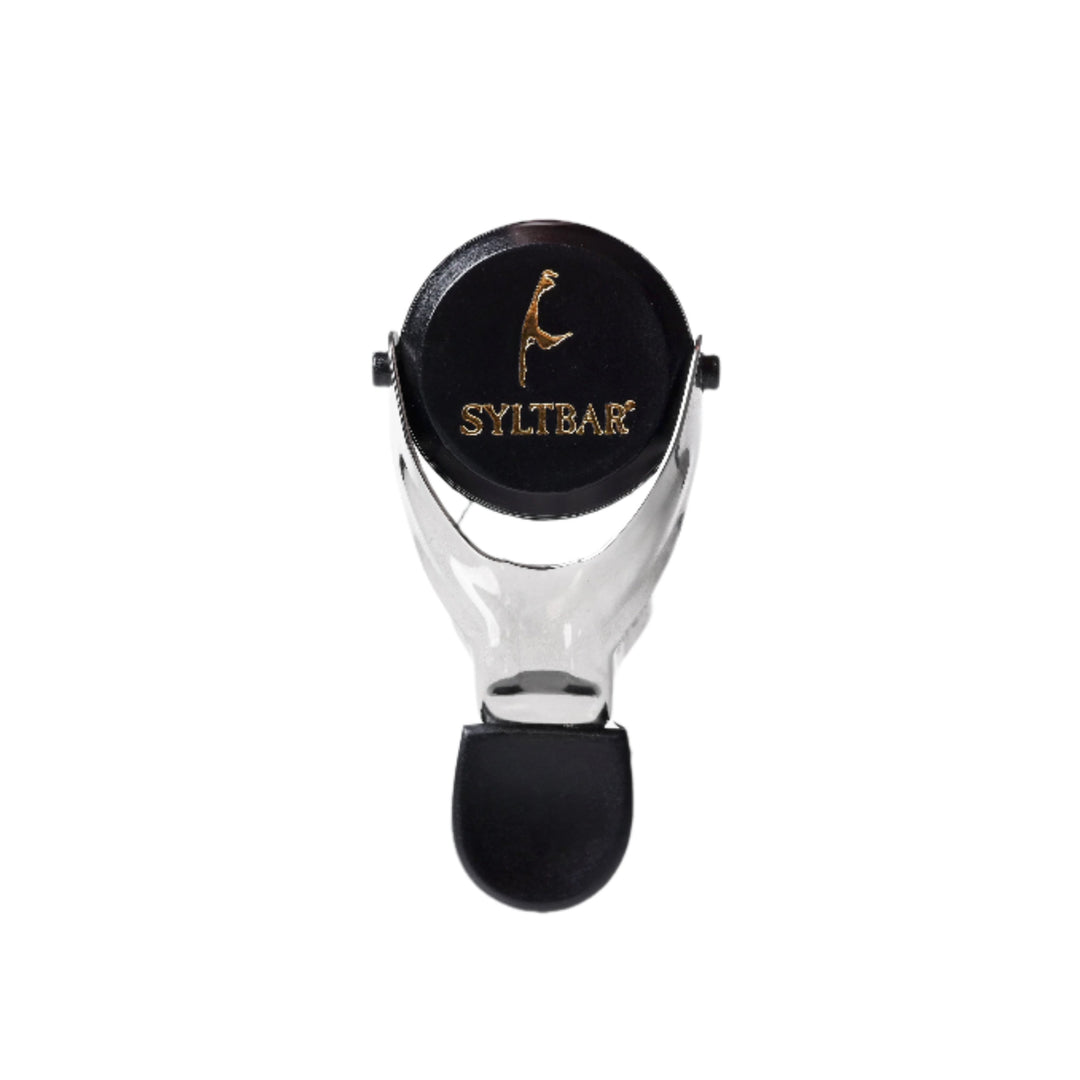Try our Fine Wines SYLTBAR Pinot Grigio
A Pinot Grigio, a zesty white wine that is as refreshing as a cold glass of lemonade on a hot summer’s day. The second most popular white wine in America, Pinot Grigio (aka Pinot Gris) is a dry white wine with a light taste of lemons, limes, green apples and honeysuckle.
A History of Pinot Grigio Wine
At its most basic, Pinot Gris/Grigio is a refreshing white wine that, when served cold, is the perfect respite from a hot summer’s day. So drink up and pay no mind to the haters.
While most believe Pinot Grigio originated in Italy, it was actually born, like many of the most popular grapes of the world, in France, where it is known as Pinot Gris. Thought to be a mutation of the red grape Pinot Noir, Pinot Gris’ skins are not green like other white grapes, but instead have a grayish blue hue, which is what gives them their name
The wine was born in Burgundy but found its way to Switzerland in the 1300s, where it was considered a favorite of the Emperor. From here the grape made its way to northern Italy, and the real story of Pinot Grigio was born.
In Italy, Pinot Gris became Pinot Grigio and the wine found wide success in the regions of Northeastern Italy: Lombardy, the Veneto, Friuli, Trentino and Alto Adige. From its footing in northern Italy, the wine grew to become the most popular white wine in all of Italy, and then the most popular imported white wine in the U.S.Pinot Grigio is commonly grown in Lombardy, the Veneto, Friuli, Trentino (Pictured) and Alto Adige
Pinot Grigio Popularity
Pinot Grigio has its haters among wine snobs, who claim the wine is too “simple” and “uninteresting,” but this mostly stems from the fact that because Pinot Grigio is so popular, its popularity has resulted in some very bad mass produced bottles which have given the wine a bad name. One of the best ways to ensure you drink delicious and interesting Pinot Grigio is to simply avoid the budget bottles and the wines being sold under huge mass marketing campaigns.
SYLTBAR Pinot Grigio Tasting Notes
Referring to a wine as “dry” is one of the first descriptors most of us learn as a way to talk about wine, but “dry” is also one of the words that is misused the most often by wine drinkers.
The reason the term “dry” gets misused is because we commonly use it rationally, relating the word to sensory characteristics of wine, even though these sensory characteristics are not what we mean when we say a wine is dry.
A dry wine is simply a wine that has no residual sugar, meaning it isn’t sweet. When grape juice converts to wine, alcohol is produced in the fermentation process because yeast eats the sugar present in the juice. In many wines, the winemaker stops the fermentation process before the yeast has time to eat all the sugar, leaving the wine a touch sweet. When a winemaker leaves a little sugar behind, we call this residual sugar. To make a dry wine, the winemaker will instead let the fermentation process finish completely, allowing the yeast to consume all the sugar present. No more sugar, so no sugary sweetness; the wine is therefore dry.
Tip! Do not confuse the absence of sweetness or dryness with the absence of fruit. In a dry wine you will still taste fruit, the wine just won’t taste sweet, like juice.
Try SYLTBAR White Wines in the Trio
Explore more
Share this
Featured product
Featured product
It is time for SYLTBAR order now!
Join SYLTBAR mailing list
Sign up to receive delightful emails with deals, tips & more
or text CONNECT to 1-833 461-3379
MIGHT TAKE UP TO A MINUTE TO RECEIVE CODE TEXT! By texting CONNECT to us, you consent to receive marketing text messages through an automatic telephone dialing system at the number provided. Consent is not a condition to purchase. Text STOP to unsubscribe or HELP for help. Msg and data rates may apply. Read our privacy policy
SYLTBAR
Shop

*Total calories based on glucose and not by scientific testing. This statement has not been evaluated by the Food and Drug Administration. This product is not intended to diagnose, treat, cure, or prevent any disease.

